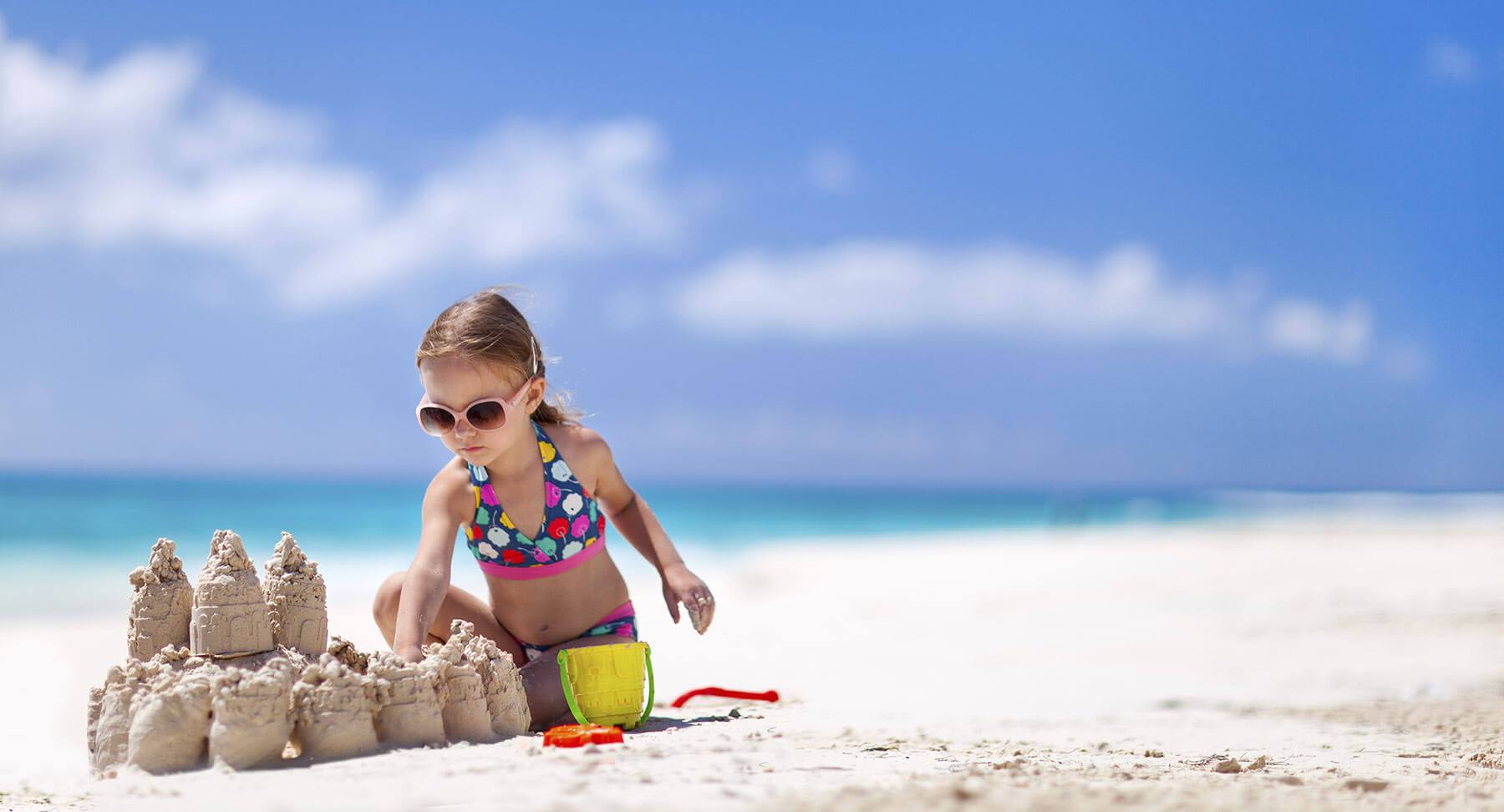
Swimming routine for beach vacations
Spend the day at the beach, meals in restaurants, ice cream in the evening walk, cocktail at the beach bars … The summer holidays involve doing things that during the rest of the year we do not do, we go out more and also try to relax, sleep and rest much more. If this summer you go on holiday to the beach and you don’t want to lose the form that you have been conserving during the winter for your swimming training here we present a series of routines for you to practice on the beach during these days of summer holidays so that you don’t lose the habit and then it costs much less to recover the rhythm of your training.
In the first place it is very important to warm up the, muscles to avoid cramps, the water of the sea is usually much colder than the water of the swimming pools to which we are accustomed, reason why it is possible that our ara articulations resist and suffer more than when we swim in the swimming pool. You also have to take into account the intensity of the tide, this is an important factor because training at high tide can be dangerous.
To warm up we are not going to need much time either because normally the temperature on the beach is warm and if we come from lying in the sun we will notice that we have heat and what we most want is to give ourselves a dip so we can swim freely for 5 minutes or jog along the shore before entering the sea. We must also stretch the muscles as we usually do before our workouts.
We are already prepared, we can start. This routine can be followed for 30 minutes. We will start swimming between 2 and 6 minutes around a target, usually a buoy or we can swim parallel to the shore. The style that we will always choose to swim in the sea will be a crawl always controlling the position of the head. This must be continuously underwater with the forehead focused towards the target, when we need to orient ourselves so as not to divert our trajectory the head must rise up so that we do not sink. You don’t have to stick your head out too much, just enough to orient yourself.

After a short period of rest, we will look for a point in the sea where the distance is short. We must travel this distance back and forth in less than two minutes. In this exercise we must increase the intensity of our swim, we can wear a watch to control our time.
The ideal thing is to combine the exercise of long distance with the exercise of short distance and to repeat it the times that we need. We should take a 40-second break between the exercises, although this depends on the physical state we are in.
When we finish our half hour of intense swimming, we can swim for 5 minutes in calm mode, to cool the muscles and make slow and gentle movements to gradually recover our heart rate.
Remember that sometimes in the sea there is usually tide, we can take advantage of the resistance exerted by the waves in our body when advancing towards our goal to strengthen ourselves, it is as if we were wearing a bathing suit drag.
The technique when swimming in tides is very important, we can swim against the tide or follow the trajectory of the waves. We will always try to advance the weight of our body to obtain the necessary impulse to slide over the waves.
https://www.youtube.com/watch?v=2yTz9ZyCHds
For safety reasons, we recommend that this training be done when the sea is calm, if we need more intensity we can combine the exercise in the water with activities on the shore such as: squats, flexions, isometric plate, sprint or burpees. So that the breaks do not produce lows we can walk along the shore for two minutes with water up to the ankles as a minimum.
